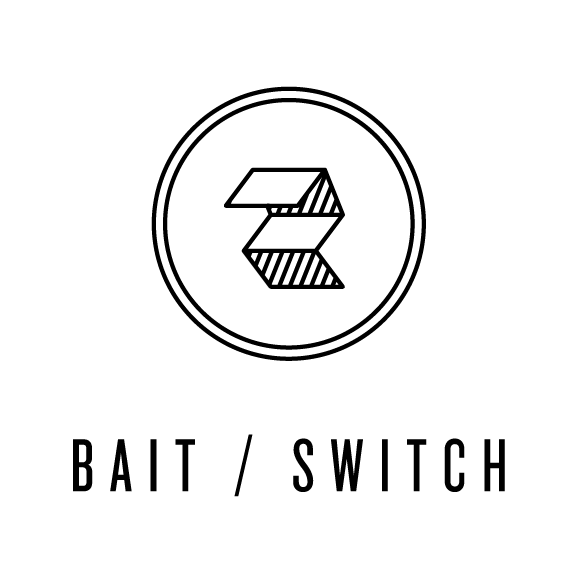[Field Notes] The Okapi
It thought the Okapi would be a good tiny research topic because they look like a living game of Head, Body and Legs. In this case, one person started by drawing the head of a giraffe, the next person drew the neck and body of a horse, and then the final participant finished it off with the legs of a zebra. It’s beautiful and very strange.
Of course, this animal did not come out of the human imagination; the species is over 18 Million years old- they definitely got here first! The Okapi is one of the 9 oldest mammals in the world, on a weird list with Giraffes (their close cousins), Elephant Shrews, Red Pandas and the Platypus. Come to think of it, a lot of these animals kind of look like Head, Body and Legs-style drawings. A red panda looks like it is half orange cat and half black bear, with a raccoon tail. How would you draw a platypus? Just draw a beaver with a duck bill and otter feet. [As a side note, the first stuffed platypuses* brought to Europe in the late 18th century were met with a lot of cynicism, as they were assumed to be faked by sewing parts of other animals together. I find it so humorous that, although things like that definitely happened a lot at that time, in this case nature is just really bizarre.]
Okapis are so good at hiding from predators that although European explorers spent years searching for what they referred to as the ‘African Unicorn’, they were unable to find one until 1901. Their markings make them extremely camouflaged, and a lot of their vocalizations are done at frequencies below the level that can be heard by the human ear. And, since they are solitary creatures, they are very spread out.
Although baby Okapis are able to walk within 30 minutes after birth, after the first couple of days of following their moms around they go into hiding. The babies build little nests in the forest and stay there for two months. During this hiding time they rarely nurse and do not poop. This strange behavior that is still not completely understood. It is thought to help minimize the evidence of their existence in order to protect them, but it also seems to help them develop faster.
This kind of reminds me of a caterpillar building itself a little chrysalis to pupate in, hidden behind a leaf. It also reminds of something a friend said to me yesterday about ideas needing time to breathe before deciding how to move forward. Although I am totally into automatic writing and ‘reactive’ drawing games like Head, Body and Legs- especially for clearing creative blocks, it’s good to remember that some ideas need time and space away from the others before they can become fully realized beings. Is it because these ideas just need to hang around in our brains for awhile? Are we somehow working on them in our subconscious while we’re doing other things? Or maybe we’re just not ready for these ideas when they first come to us and we need to grow to meet the challenges they pose? Perhaps it’s some mixture of these?
Okay- that's enough of that. Let’s get back to work.
[*Before you all tell me that 'platypi' is the plural of 'platypus', after a little reading this seems to be incorrect, pseudo-Latin, further evidence that so much of what I know to be true is actually a lie!]
Sources:
https://en.wikipedia.org/wiki/Okapi
http://animaldiversity.org/accounts/Okapia_johnstoni/
https://www.okapiconservation.org/the-okapi/
http://www.oldest.org/animals/mammals/
http://www.platypus.org.uk/facts-history.htm
Phtograph: Shaw, Albert. American Review of Reviews. Vol 57. 1918.
